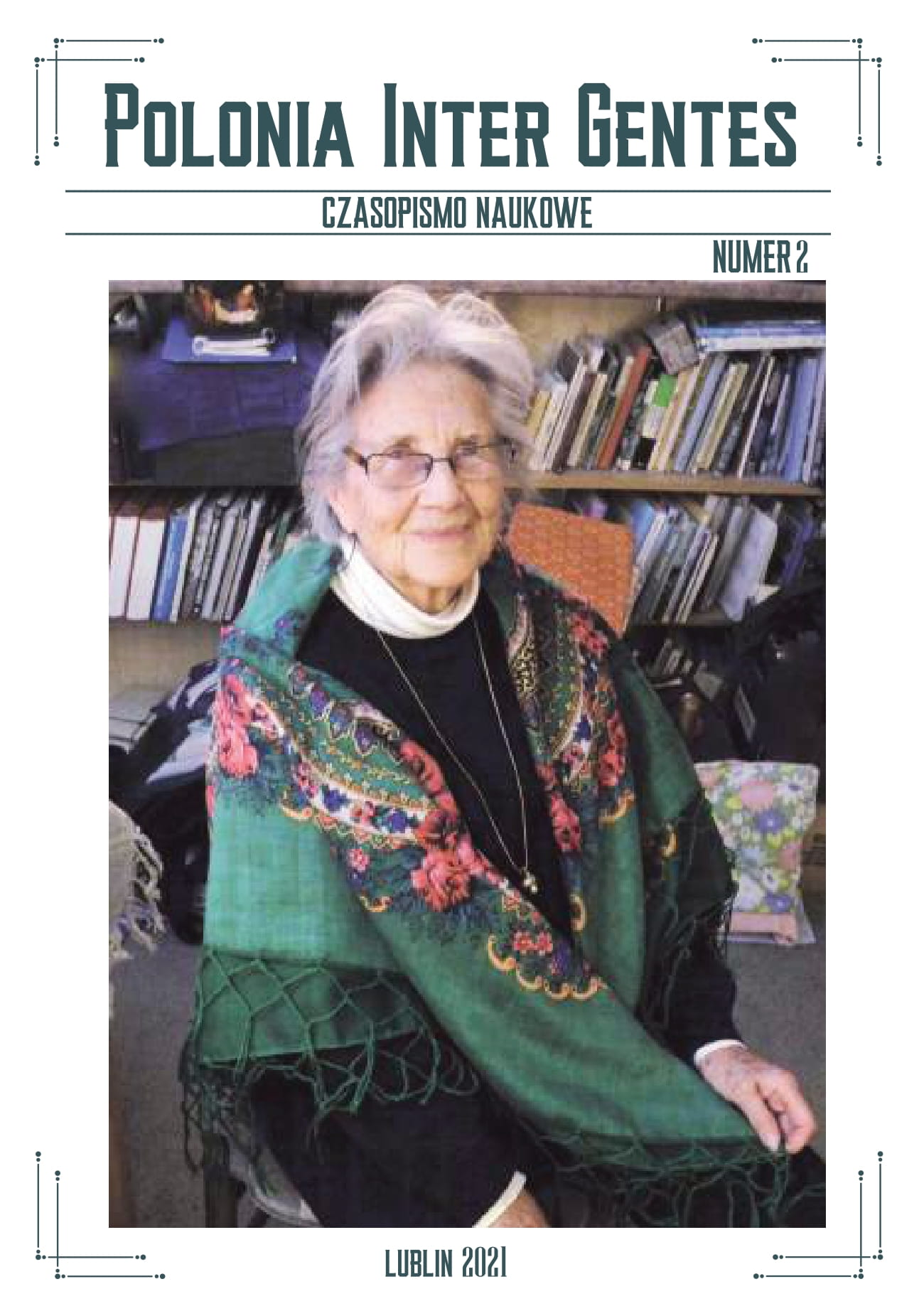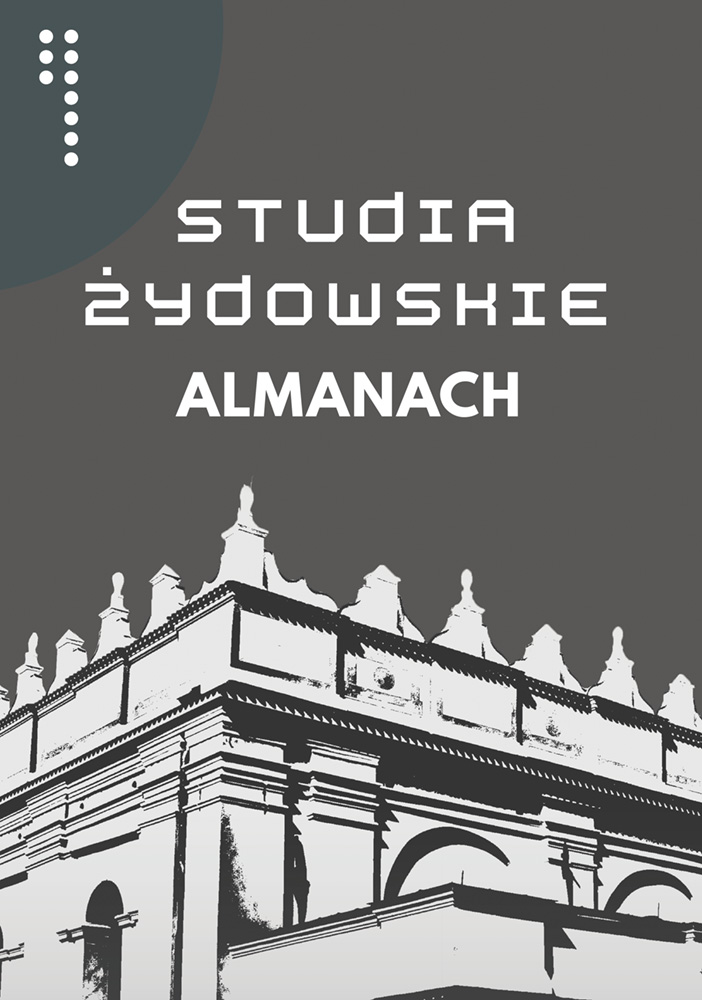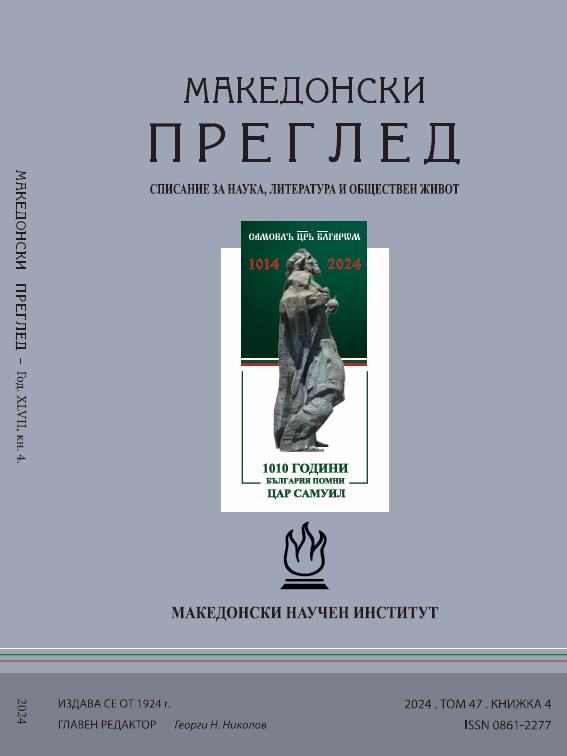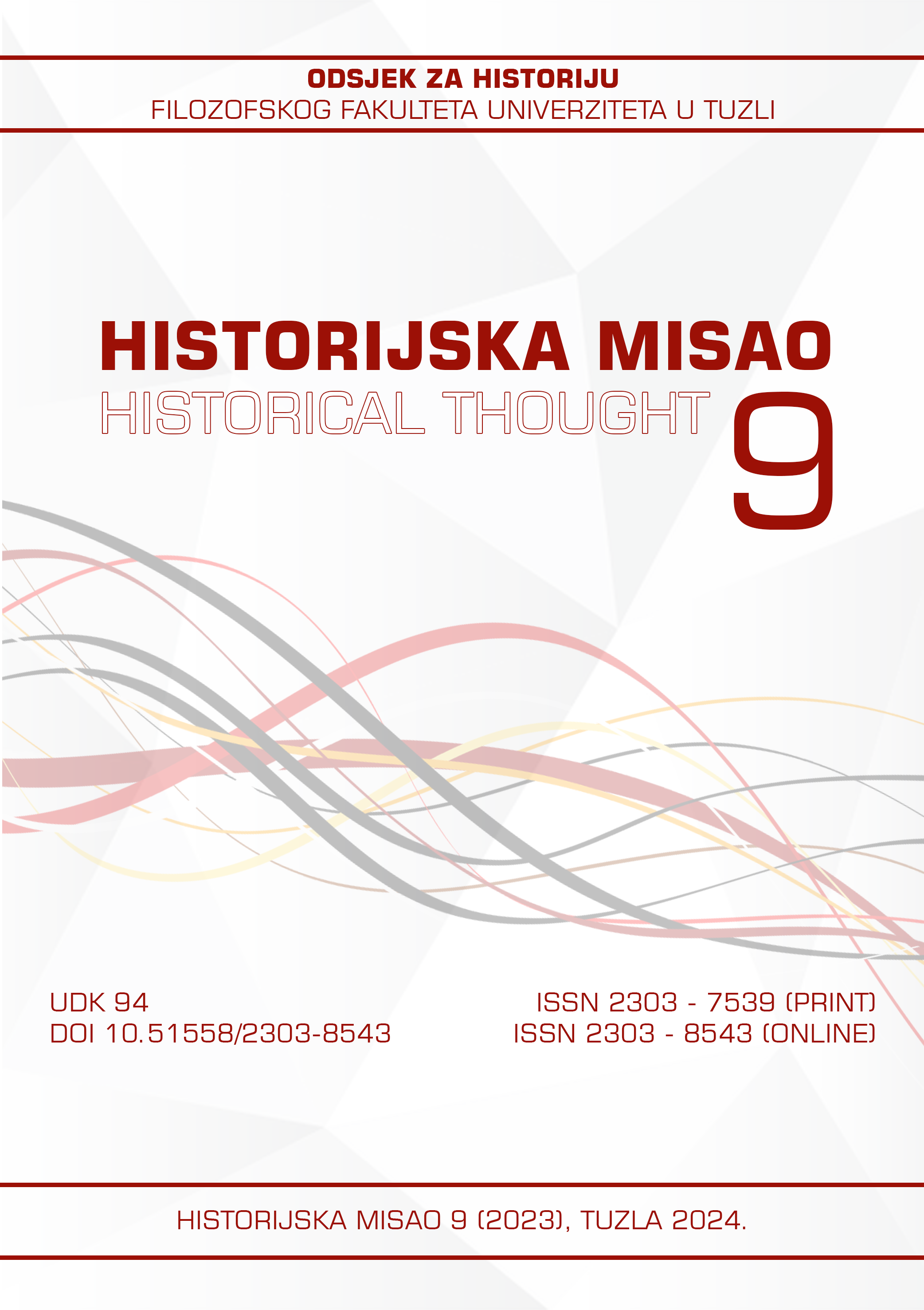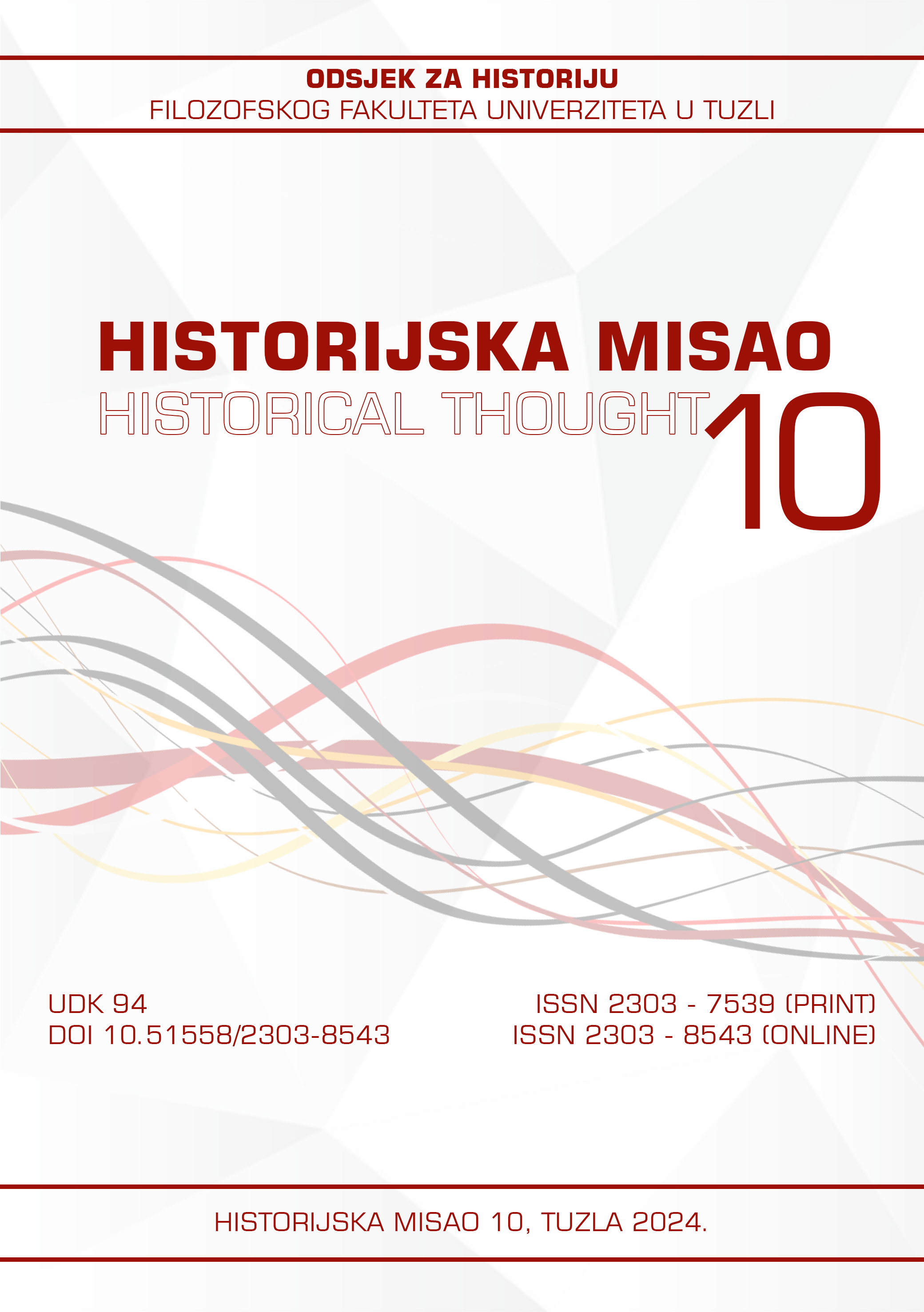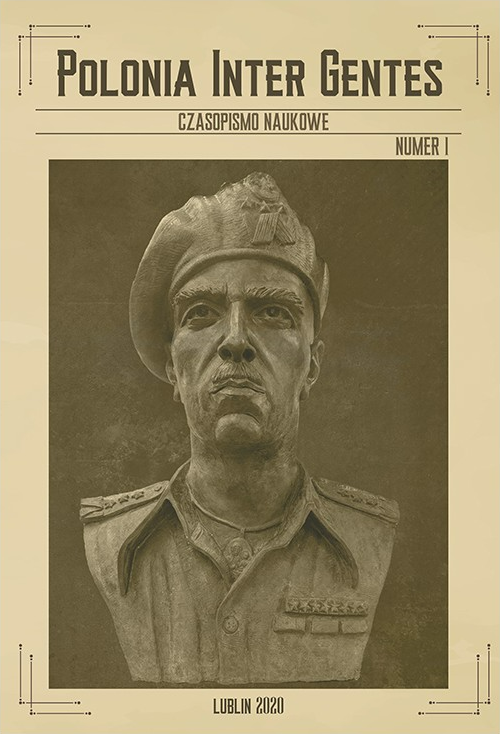
Polityka polonijna w latach 2015-2020 na przykładzie Polonii amerykańskiej
Przedmiotem niniejszego artykułu jest charakterystyka polityki polonijnej prowadzonej przez Polskę w latach 2015-2020 na podstawie stosunków z Polonią amerykańską. Autorka przybliższa czytelnikowi zarówno aspekty formalne, w tym instrumenty prawne oraz instytucjonalne, jak również przedstawia wybrane przykłady praktycznych działań podejmowanych w ramach owej polityki. Rozważania rozpoczęto od zwięzłego przedstawienia historii Polonii na terytorium dzisiejszych Stanów Zjednoczonych. Bazując na dostępnych publikacjach, opisano rolę, jaką odegrali obywatele Polski w budowaniu i rozwoju pierwszych amerykańskich osad. Tym samym wskazano na początek współpracy polsko-amerykańskiej, która widoczna jest po dziś dzień. Na koniec przedstawiono statystyki związane ze współczesną Polonią zamieszkującą Stany Zjednoczone. W dalszej kolejności wskazano na podstawy prawne regulujące prowadzenie polityki polonijnej przez Polskę. Ze względu na mnogość norm prawnych w tym zakresie, autorka odniosła się jedynie do wybranych. W ramach tego zagadnienia omówiono również podstawowe instytucje, którym powierzono zadania na rzecz Polonii. Następnie omówione zostały przykłady praktycznych działań, których podjęły się polskie instytucje. Pośród nich znalazły się wsparcie finansowe polonijnych placówek edukacyjnych i kulturowych oraz mediów publicznych oraz współpraca z rządem Stanów Zjednoczonych dotycząca włączenia Polski do programu bezwizowego. W konkluzji należy dojść do wniosku, że w ostatnich latach polityka polonijna prowadzona była na dobrym poziomie. Polski rząd podejmuje się współpracy z różnymi przedstawicielami środowisk polonijnych, w tym z licznymi placówkami edukacyjnymi czy organizacjami pozarządowymi. Pozwala to na znacznie efektywniejsze zaspokojenie potrzeb członków Polonii amerykańskiej. Należy jednak zastanowić się nad lepszym usystematyzowaniem regulacji – być może w ramach jednego katalogu norm – oraz nad stworzeniem w Stanach Zjednoczonych przedstawicielstwa instytucji zajmujących się tą materią.
More...
